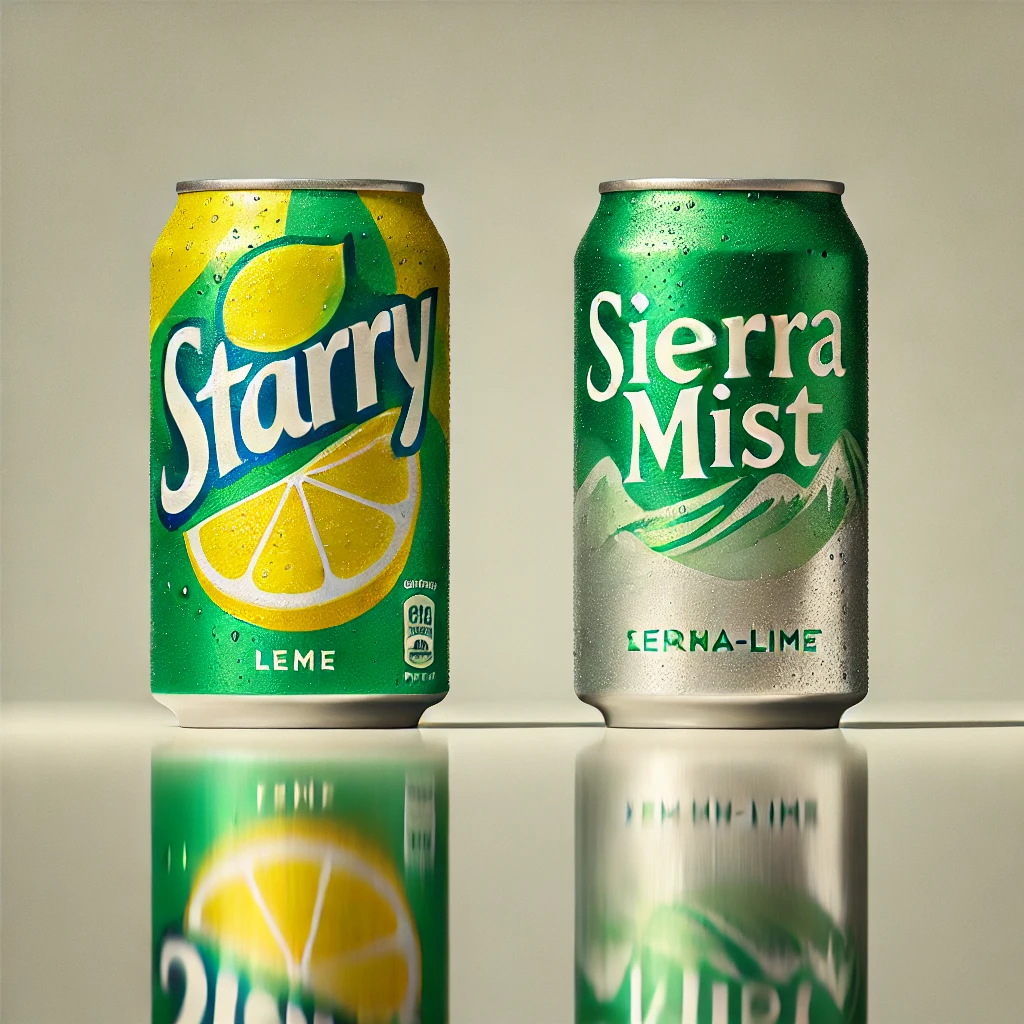
Starry Soda vs. Sierra Mist: What’s Different?
Description
sierra mist

Starry Soda vs. Sierra Mist: What’s Different?
Introduction The soda market is always evolving with brands constantly adjusting their product lines, flavor profiles, and marketing strategies to stay relevant and capture consumers' attention. One such notable transformation occurred when PepsiCo introduced Starry Soda as the successor to Sierra Mist in 2023. Sierra Mist, a lemon-lime soda that had been around for over two decades, was phased out in favor of Starry, marking a major shift in PepsiCo's strategy in the highly competitive lemon-lime soda category. This shift prompted many consumers to ask: What’s different between Starry Soda and Sierra Mist?
This comparison will break down the differences between the two sodas in terms of formulation, taste, marketing, and their place in the broader soda market.
1. Formulation and Ingredients
Sierra Mist:
Sierra Mist was introduced in 1999 as PepsiCo's answer to Coca-Cola's Sprite and Dr Pepper's 7Up. It was marketed as a more natural and healthier alternative to its competitors, boasting fewer artificial ingredients and preservatives. Over the years, Sierra Mist underwent several formulation changes, including a switch to natural sugar in 2010 when the brand introduced "Sierra Mist Natural." It used cane sugar instead of high fructose corn syrup (HFCS), and the soda’s ingredient list was considered relatively "clean" by industry standards, consisting of carbonated water, natural flavorings, and citric acid.
Starry Soda:
Starry, launched in early 2023, represents a pivot for PepsiCo. The most notable shift is the return to high fructose corn syrup (HFCS) as the sweetener instead of the cane sugar used in the final years of Sierra Mist. HFCS is more common in sodas and is used in both Sprite and 7Up, so Starry is now more aligned with these competitors in terms of formulation. This change is designed to meet mass market expectations in terms of taste and production costs. Additionally, Starry maintains the lemon-lime flavor but with a "more intense citrus bite" than Sierra Mist. Its ingredients include carbonated water, HFCS, citric acid, natural flavors, and sodium benzoate for preservation.
Key Difference in Formulation:
- Sierra Mist: Used natural cane sugar in its later years.
- Starry Soda: Contains high fructose corn syrup (HFCS).
2. Taste Profile
Sierra Mist:
Sierra Mist was often described as having a smooth and subtle lemon-lime flavor. It wasn’t overly sweet or aggressive in its citrus notes, which some consumers appreciated for its clean and light taste. The soda's use of natural sugar contributed to its slightly more refined sweetness compared to sodas made with HFCS. Its light carbonation and mild flavor made it a more refreshing option for those who found Sprite or 7Up too sharp.
Starry Soda:
Starry’s flavor profile is designed to be bolder and more citrus-forward. PepsiCo claims it has a stronger, brighter lemon-lime flavor, intended to appeal to a younger, trendier demographic. It is noticeably sweeter than Sierra Mist due to the reintroduction of HFCS, and its carbonation level is slightly higher, giving it a more "zingy" feel on the palate. Fans of lemon-lime sodas who prefer a sharper, more pronounced citrus flavor may prefer Starry over Sierra Mist.
Key Difference in Taste:
- Sierra Mist: Smooth, subtle, and lightly sweetened.
- Starry Soda: Sharper, sweeter, and more citrus-forward.
3. Branding and Marketing
Sierra Mist:
Sierra Mist was positioned as a healthier, more natural soda option for much of its lifespan. Marketing campaigns emphasized its natural ingredients, and the shift to cane sugar in 2010 reinforced its appeal to health-conscious consumers. However, despite this positioning, Sierra Mist struggled to gain significant market share against Sprite, the category leader. Its branding was relatively tame, targeting a broad, general audience without a clear-cut identity that stood out in the crowded soda market.
Starry Soda:
With Starry, PepsiCo took a more aggressive approach, clearly targeting Generation Z and younger consumers. The branding for Starry is bright, modern, and playful, with an emphasis on the soda being a “bold and refreshing” choice for those seeking a more intense flavor experience. Its marketing campaigns, including partnerships with influencers and digital-first strategies, have helped create buzz around the product. The vibrant green and yellow packaging is designed to be eye-catching, and the branding taps into youthful energy, social media trends, and meme culture.
Key Difference in Marketing:
- Sierra Mist: Focused on natural ingredients and a health-conscious image.
- Starry Soda: Targets a younger, trend-driven demographic with bold, vibrant branding.
4. Market Position and Competition
Sierra Mist:
Despite being on the market for over 20 years, Sierra Mist never became a serious competitor to Sprite, which has dominated the lemon-lime soda category for decades. Even with multiple rebrands and formula changes, including Sierra Mist Natural and the brief rebrand as Mist Twst from 2016 to 2018, PepsiCo struggled to carve out a distinct identity for Sierra Mist. It was often seen as a "second-tier" option in the lemon-lime category.
Starry Soda:
Starry represents a fresh attempt by PepsiCo to compete head-on with Sprite and other lemon-lime sodas like 7Up. By shifting to a bolder flavor and branding it to appeal to younger consumers, PepsiCo hopes to attract a more engaged, socially conscious audience. The company also recognized that Sierra Mist’s natural positioning did not resonate enough with the mainstream soda consumer, so with Starry, they have adopted a more mass-market, flavor-forward approach.
Key Difference in Market Strategy:
- Sierra Mist: Struggled to differentiate itself from competitors, especially Sprite.
- Starry Soda: Aims to be a bolder competitor in the lemon-lime category with stronger marketing appeal to younger consumers.
5. Consumer Response and Reception
Sierra Mist:
While it had its loyal fanbase, Sierra Mist often flew under the radar compared to the giants in the lemon-lime category. Many consumers appreciated the cleaner taste and natural ingredients, but the overall response to Sierra Mist was lukewarm, leading to its eventual discontinuation. PepsiCo recognized that Sierra Mist wasn’t connecting with a broad enough audience to sustain long-term success.
Starry Soda:
Since its launch, Starry has received a mixed but generally positive reception. Younger consumers have responded well to the rebranding and bolder flavor, but there are still many Sierra Mist fans who lament the change, preferring the milder sweetness and clean flavor of the older soda. However, Starry has generated more buzz than Sierra Mist did in its later years, thanks to its edgier marketing campaigns and fresher image.
Key Difference in Reception:
- Sierra Mist: Had a more muted reception, appealing to a niche market.
- Starry Soda: Generated more excitement and appeal among younger demographics.
Conclusion: What’s Different?
In summary, Starry Soda is not just a simple replacement for Sierra Mist but a complete reimagining of PepsiCo’s approach to the lemon-lime soda market. From its formulation—switching from cane sugar to HFCS—to its bolder, more citrus-forward flavor, and its modern, youthful marketing, Starry aims to carve out a more significant space in the soda market than Sierra Mist ever managed. PepsiCo is clearly targeting a new generation of soda drinkers with Starry, making it more than just a name change, but a full strategic shift.
For fans of lemon-lime sodas, the choice between Starry and other competitors like Sprite or 7Up will come down to personal preference. While Sierra Mist offered a smoother, less sweet alternative, Starry is designed for those who prefer a more pronounced and bold soda experience.
Related
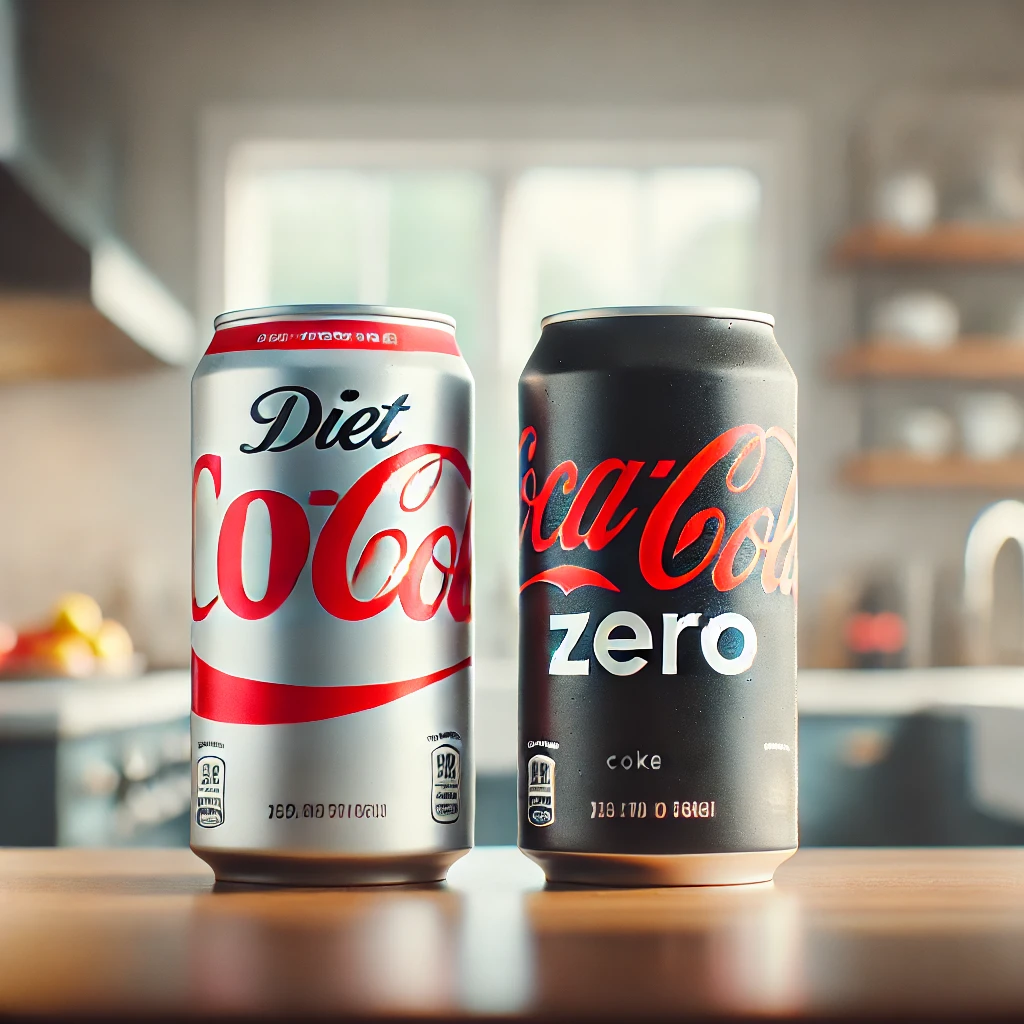
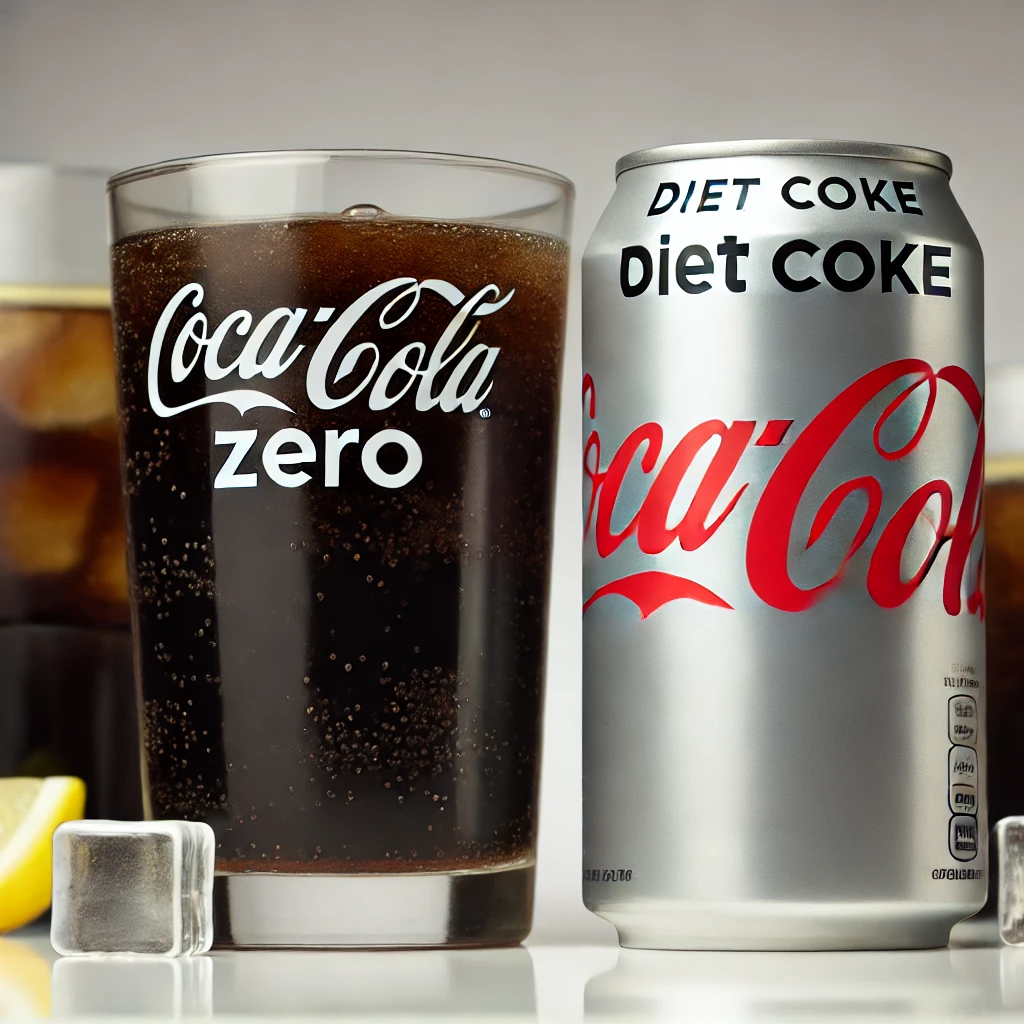
Available at Amazon
Note
Handpicked Recipes
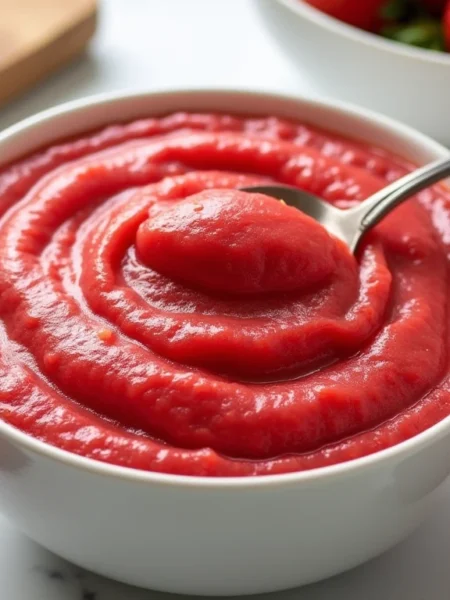
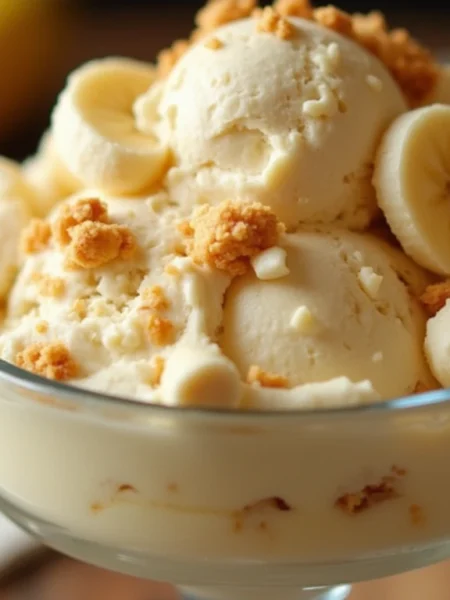

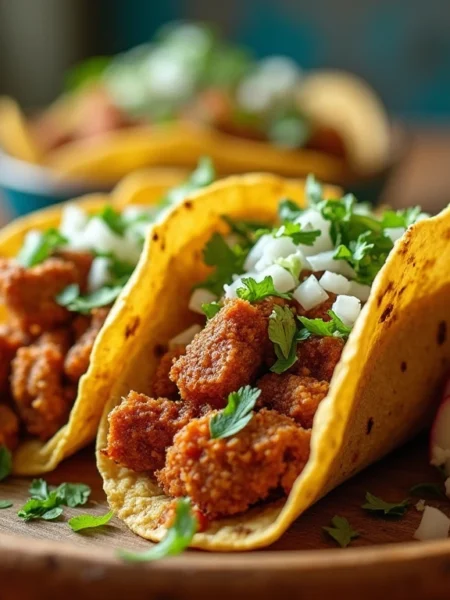

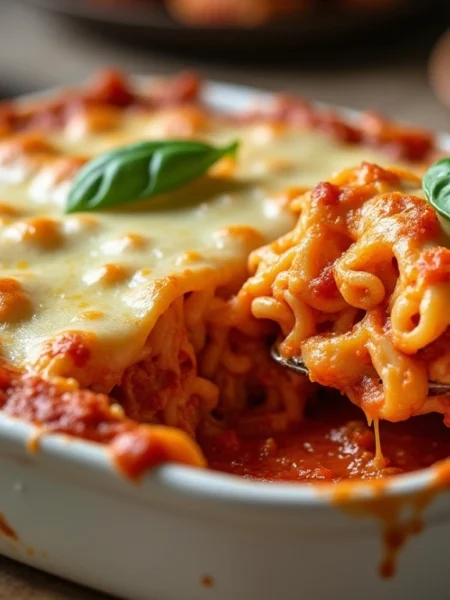
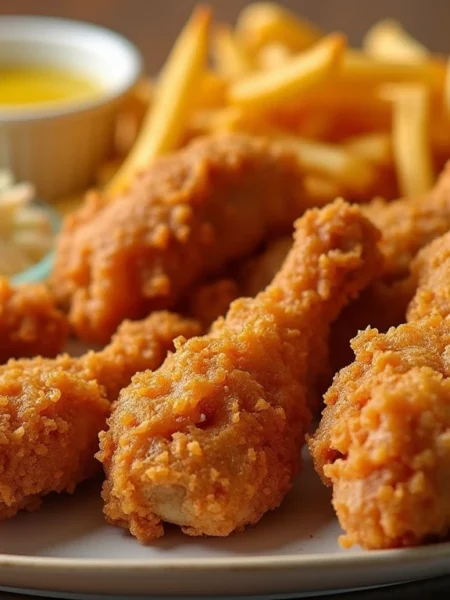
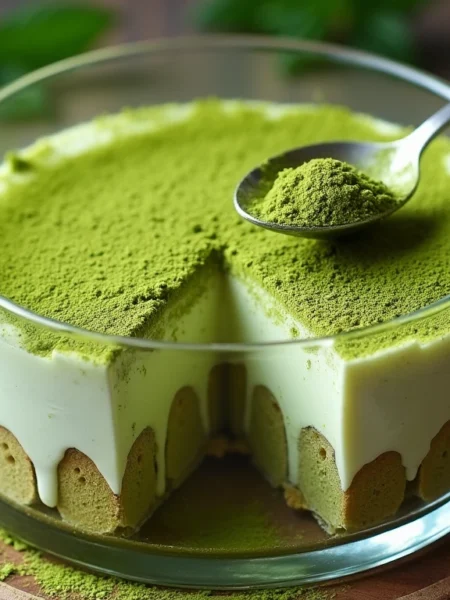


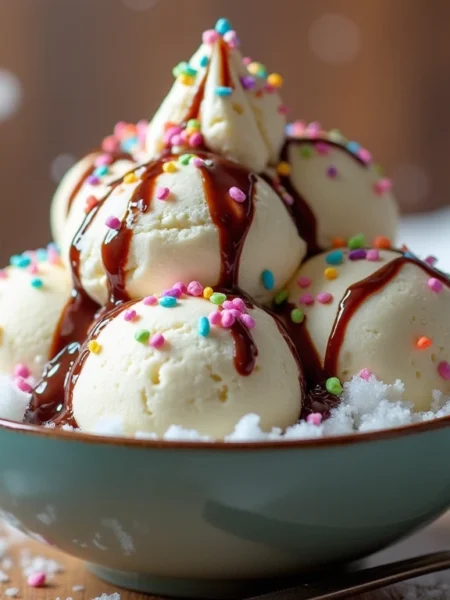
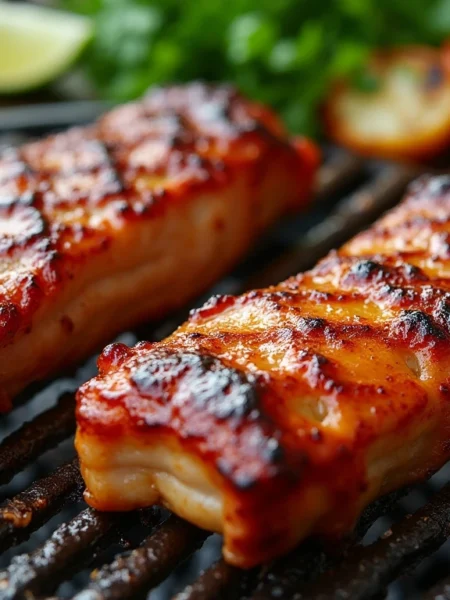


You may also like...
Creative Meal Prep Ideas for a Healthier Week
Cracker Barrel Menu with Prices (Detailed Overview)
What Are Pork Rinds?Why Pork Rinds Are Keto-Friendly